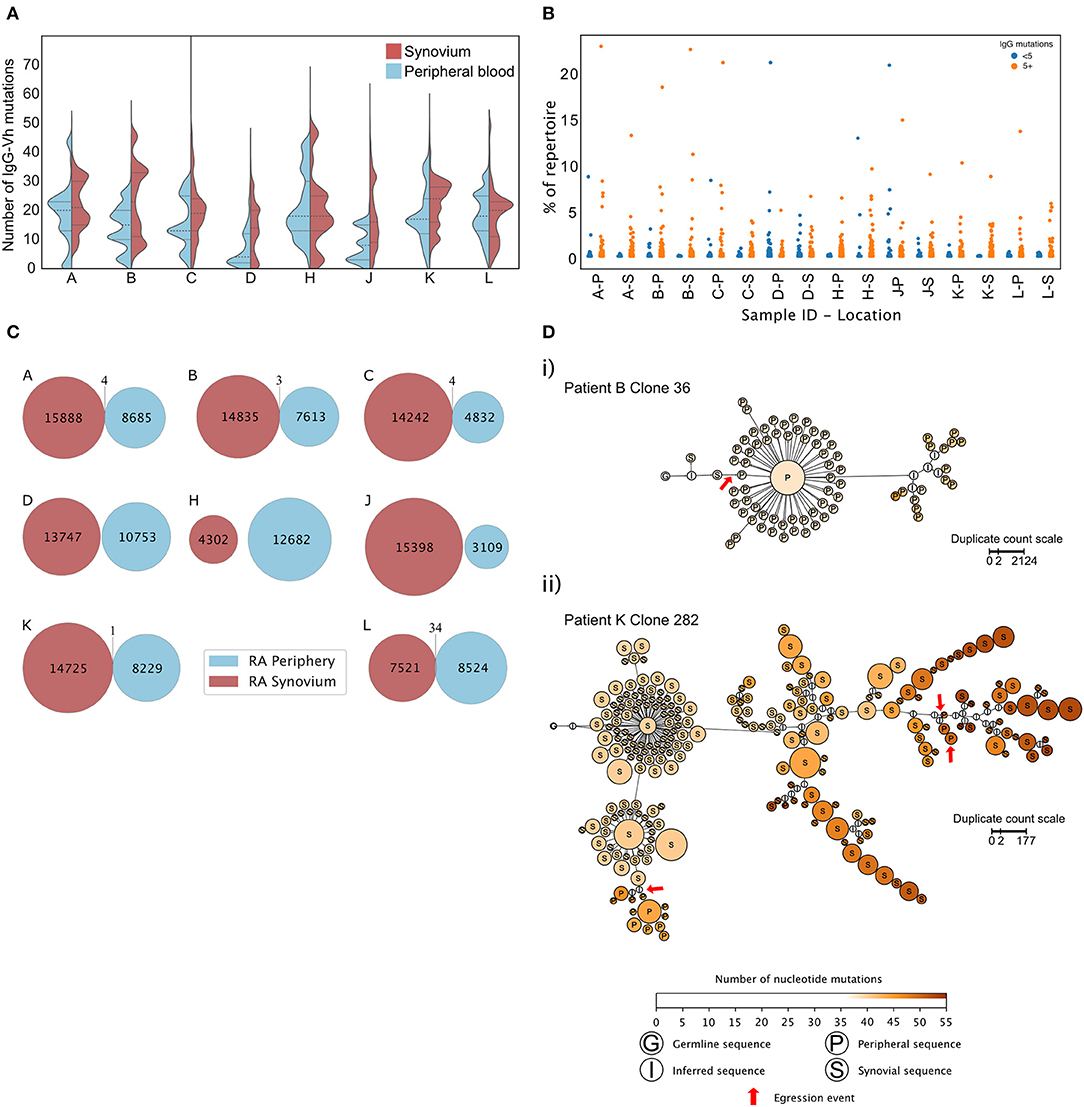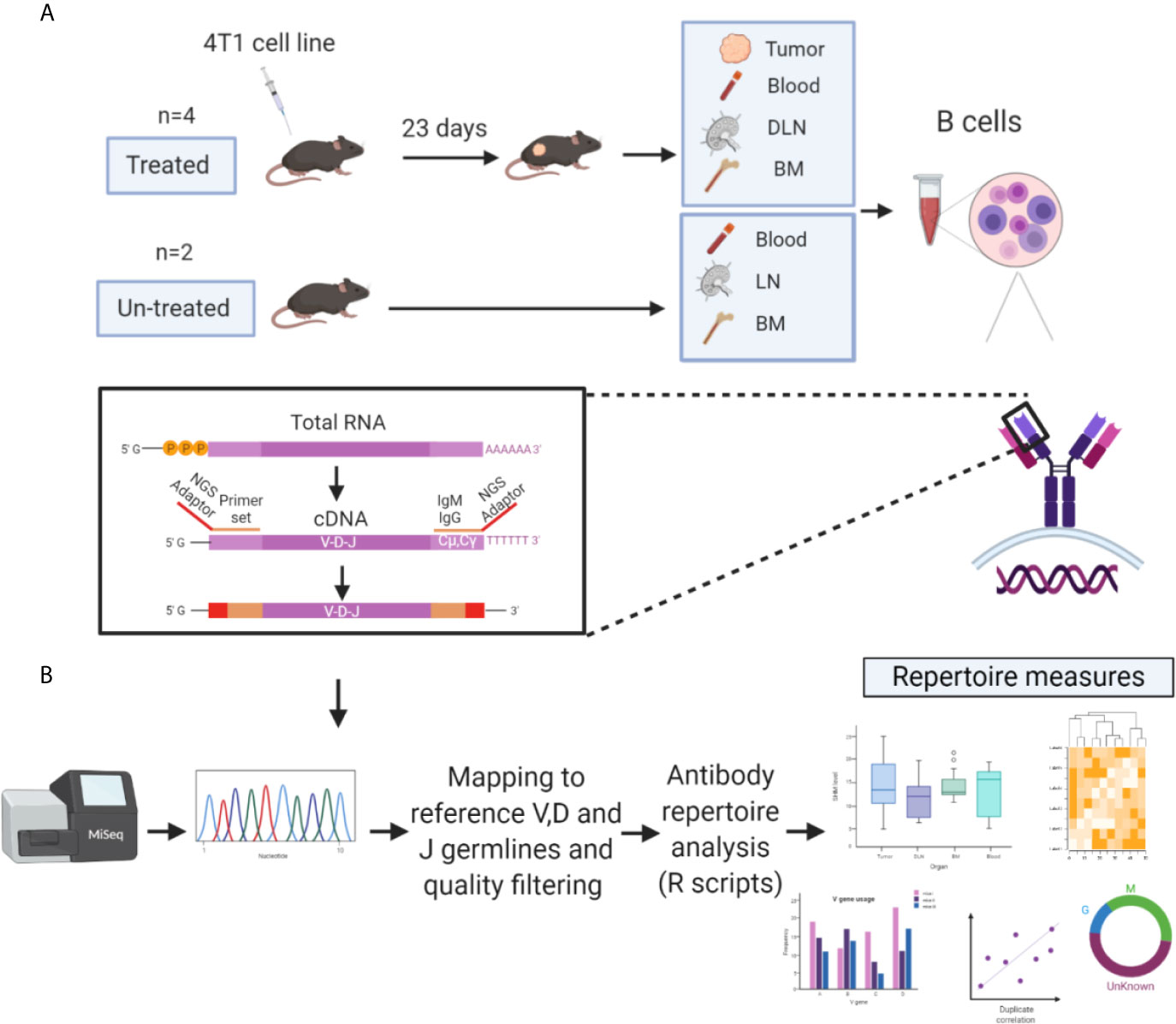

Steady-state generation of mucosal IgA + plasmablasts is not abrogated by B-cell depletion therapy with rituximab. B-cell kinetics in humans: rapid turnover of peripheral blood memory cells. Diversity among memory B cells: origin, consequences, and utility. Mycophenolic acid differentially impacts B cell function depending on the stage of differentiation. ANCA and predicting relapse in systemic vasculitis. IgG1 memory B cells keep the memory of IgE responses. High-affinity allergen-specific human antibodies cloned from single IgE B cell transcriptomes. Non-classical B cell memory of allergic IgE Responses. Lineage tracing of human B cells reveals the in vivo landscape of human antibody class switching. Network properties derived from deep sequencing of human B-cell receptor repertoires delineate B-cell populations. Immunoglobulin heavy chain expression shapes the B cell receptor repertoire in human B cell development. Diversity, cellular origin and autoreactivity of antibody-secreting cell population expansions in acute systemic lupus erythematosus. Self-reactive VH4-34-expressing IgG B cells recognize commensal bacteria. Evidence that the VH4-21 gene segment is responsible for the major cross-reactive idiotype. Nucleotide sequence analysis of the V regions of two IgM cold agglutinins. The complete nucleotide sequence of the human immunoglobulin heavy chain variable region locus. Combined influence of B-cell receptor rearrangement and somatic hypermutation on B-cell class-switch fate in health and in chronic lymphocytic leukemia. B-cell selection and the development of autoantibodies. Mechanism and regulation of class switch recombination. IgH chain class switch recombination: mechanism and regulation. Predominant autoantibody production by early human B cell precursors. Mechanisms of central tolerance for B cells. Instant Notes in Immunology (Bios Scientific, Oxford, 2000). Our comparative analysis of the BCR repertoire in immune-mediated disease reveals a complex B cell architecture, providing a platform for understanding pathological mechanisms and designing treatment strategies.


Different immunosuppressive treatments had specific and distinct effects on the repertoire B cells that persisted after treatment with rituximab were predominately isotype-switched and clonally expanded, whereas the inverse was true for B cells that persisted after treatment with mycophenolate mofetil. An increase in clonality in systemic lupus erythematosus and Crohn’s disease that was dominated by the IgA isotype, together with skewed use of the IGHV genes in these and other diseases, suggested a microbial contribution to pathogenesis. Here, we compared the BCR repertoire in systemic lupus erythematosus, anti-neutrophil cytoplasmic antibody (ANCA)-associated vasculitis, Crohn’s disease, Behçet’s disease, eosinophilic granulomatosis with polyangiitis, and immunoglobulin A (IgA) vasculitis by analysing BCR clonality, use of immunoglobulin heavy-chain variable region (IGHV) genes and-in particular-isotype use. Our understanding of the BCR repertoire in the context of immune-mediated diseases is incomplete, and defining this could provide new insights into pathogenesis and therapy. Each B cell expresses a single B cell receptor (BCR) 1, and the diverse range of BCRs expressed by the total B cell population of an individual is termed the ‘BCR repertoire’.
#B cell repertoire license#
GameSense is a registered trademark of British Columbia Lottery Corporation, used under license by MGM Resorts International.B cells are important in the pathogenesis of many, and perhaps all, immune-mediated diseases.


 0 kommentar(er)
0 kommentar(er)
